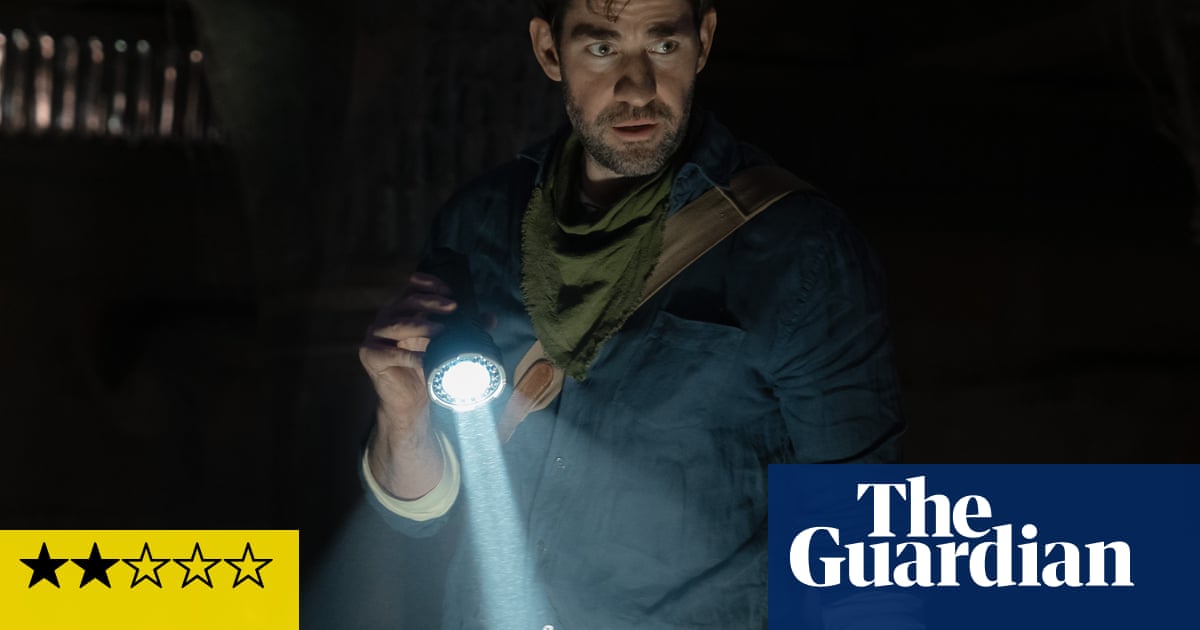Trying to make John Krasinski happen may be a misguided endeavour, but the campaign to mould him into a new Harrison Ford is bananas. After starring as Jack Ryan on TV, he now plays Luke Purdue, an Indiana Jones knock-off and son of an adventurer-archaeologist (named Harrison, no less) in Guy Ritchie’s soulless business-class yarn. Despite plucky work fromNatalie Portmanas Luke’s disapproving sister Charlotte, this hodgepodge of plundered elements adds up to nothing more than Indiana Bourne and the Thomas Crown Da Vinci Code.
Bankrolled by dying billionaire Owen Carver (Domhnall Gleeson), Luke and his dad’s old team are on the trail of themythical Fountain of Youth. He even has a PowerPoint presentation to show how he intends to find it: hidden on the backs of six paintings by artists such as Caravaggio and El Greco are clues which will lead to this fabled source of immortality. Charlotte cautions against the whole enterprise but is soon whisked along, apparently persuaded by her brother’s bumper-sticker slogans (“Life is about adventure!”). It’s almost as if she can’t see that he is an obnoxious bully, chiding her for her life choices, puckering up creepily for kisses from Esme (Eiza González) who is trying to prevent him from finding the fountain, and given to knocking women unconscious with a disabling spray. Nice.
Amid interminable chases and fisticuffs, and tourist-board jaunts to Bangkok, Vienna and Cairo, there is the odd bright spot. Gleeson enjoys himself more as his character’s motives become murkier, even if he is forced to play a restaurant comedy scene that makes no sense in terms of characterisation. As a police inspector on the adventurers’ trail, Arian Moayed gets one nice moment: visibly touched that Charlotte has noticed he is wearing houndstooth, he says: “It’s wasted on most suspects.” The gag is only slightly tainted by the fact that it’s a callback to Ritchie’s Sherlock Holmes films.
A movie as derivative and uninspired as this will always be surplus to requirements so long as the first three Indiana Jones movies remain in circulation. As the family name Purdue suggests, Luke and Charlotte’s father believed that some things should remain lost. Would that this had been the fate of the film.
Fountain of Youth is on Apple TV+ from 23 May.
